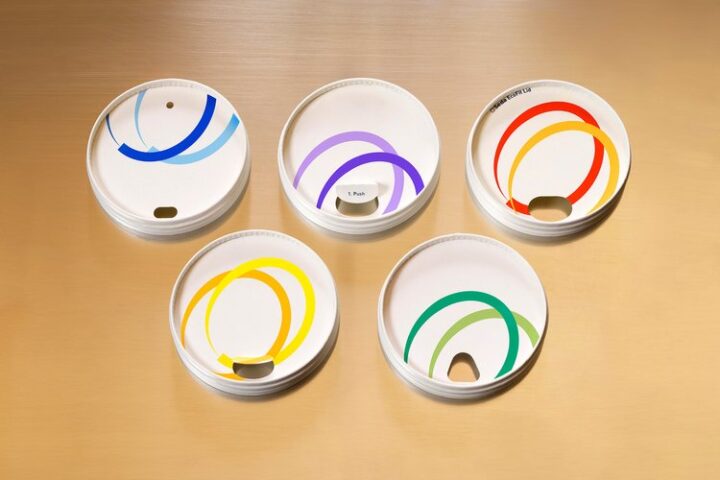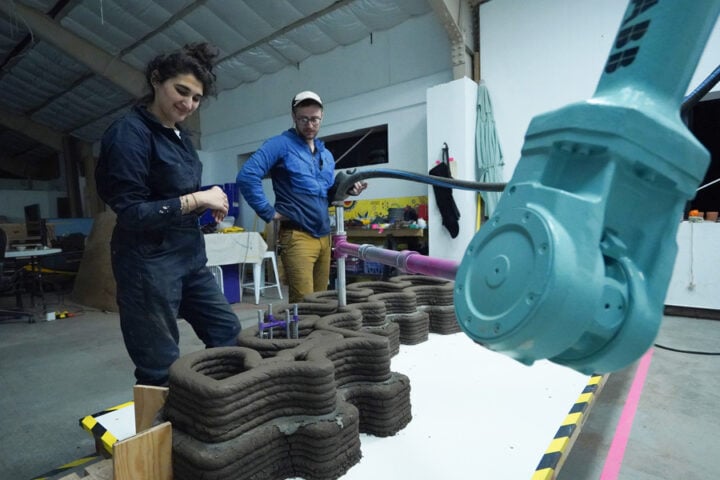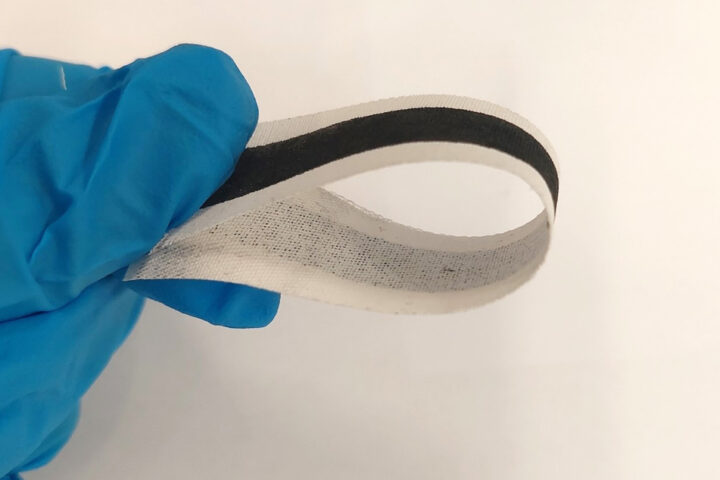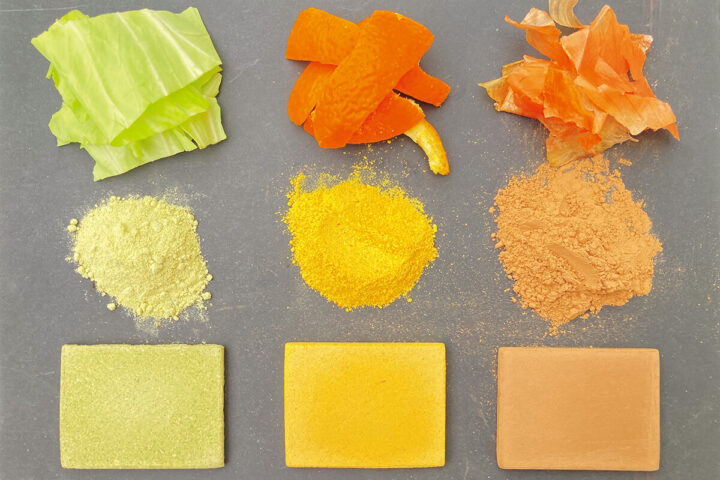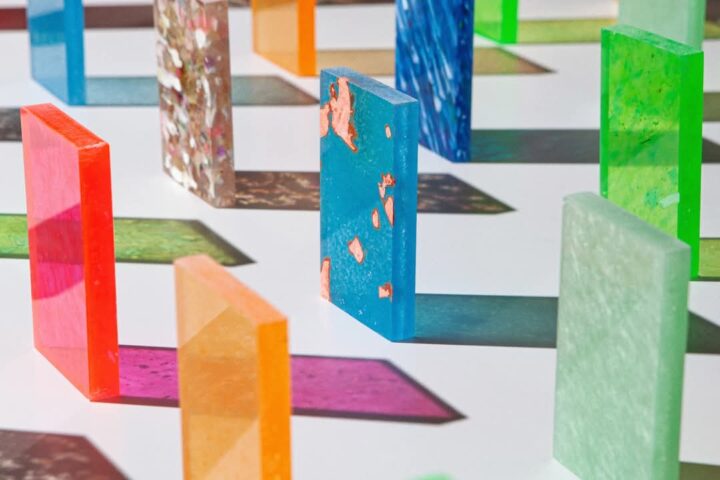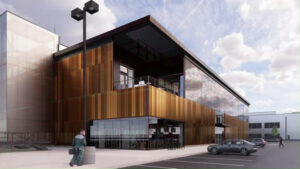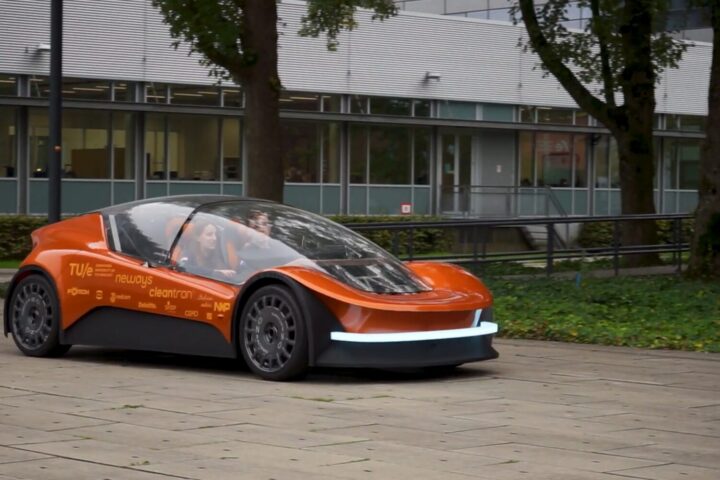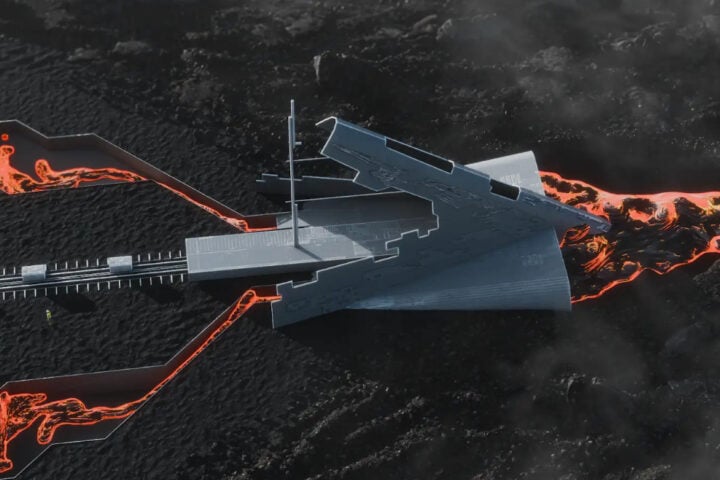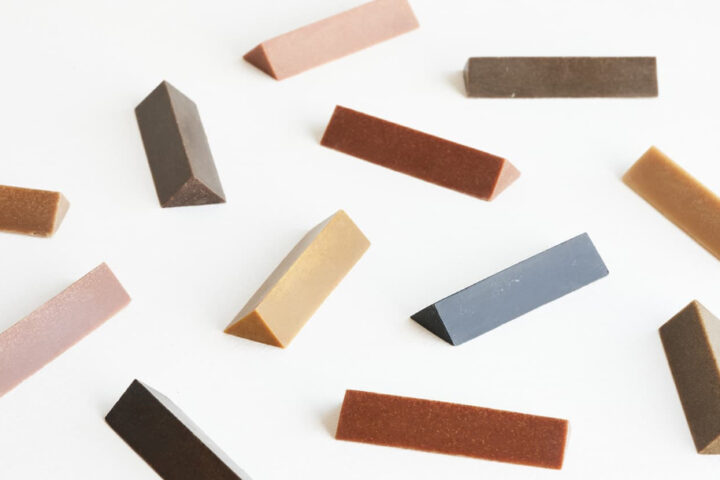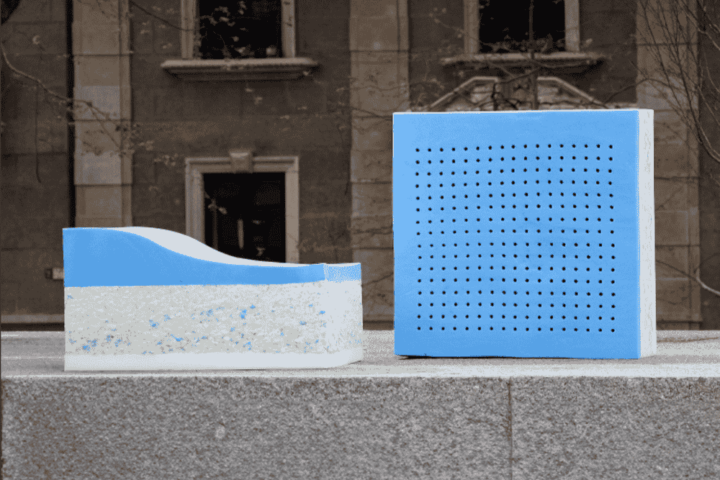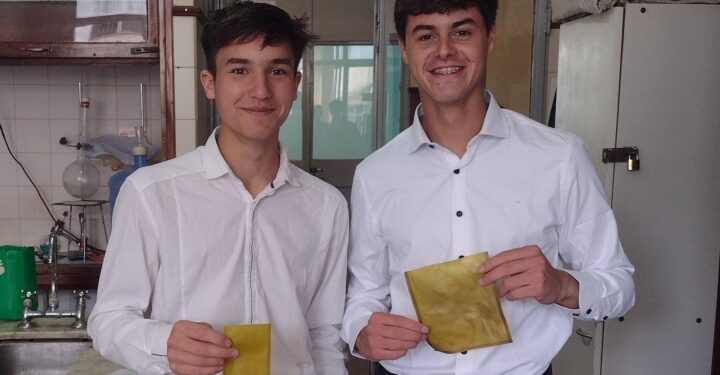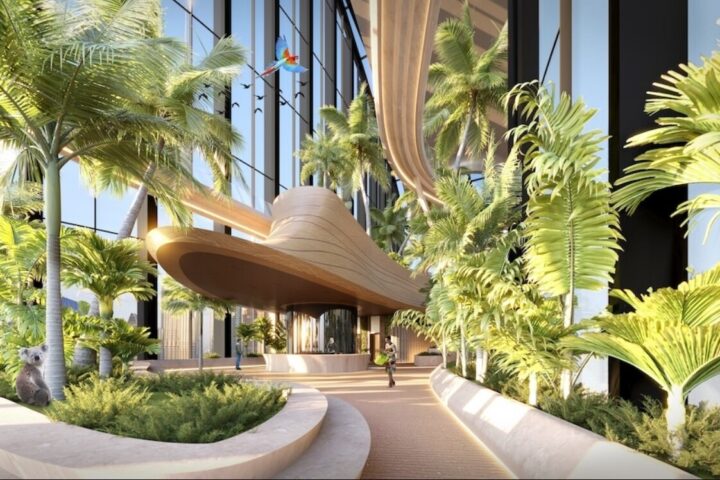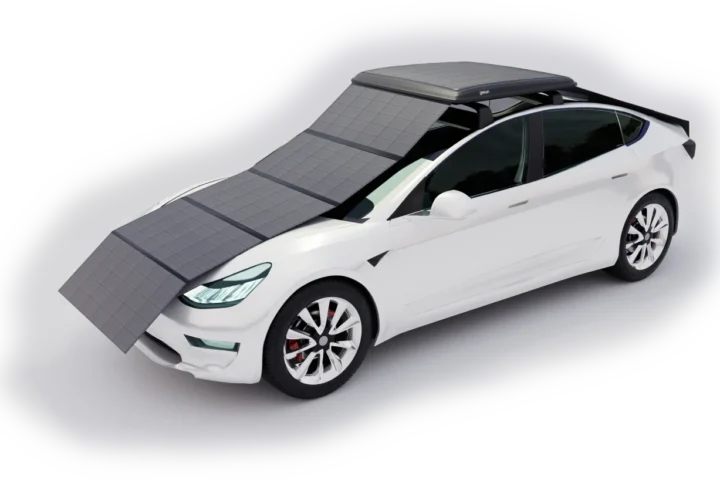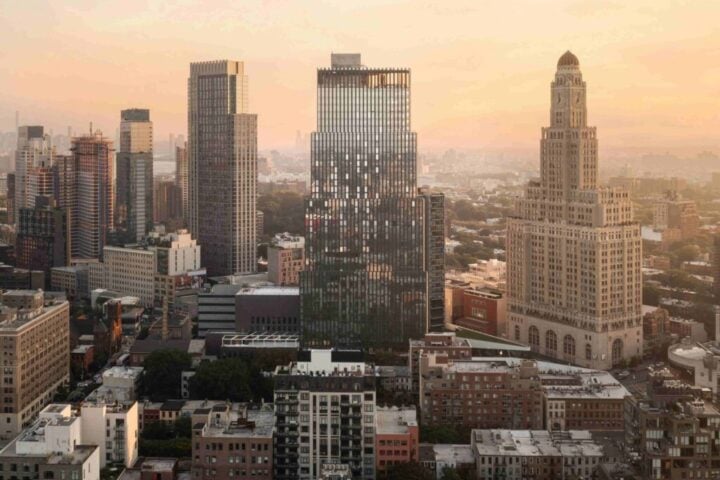Establishing a permanent base on the Moon is fraught with challenges, but recent developments by the European Space Agency (ESA) suggest that the process might be more straightforward than initially imagined. A key part of this potential future involves materials similar in composition to LEGO bricks. These could be crucial for constructing strong, protective habitats for lunar settlers. However, the high cost of transporting building materials from Earth to the Moon makes this concept seem like a distant reality. ESA proposes an alternative approach: sourcing materials directly from the Moon itself.

Leveraging Lunar Resources for Construction
The lunar surface is covered with a layer of fragmental and unconsolidated material known as regolith. This material could be the key to building future lunar habitats. ESA has turned to innovative approaches, such as partnering with a designer associated with LEGO, to explore the feasibility of using lunar regolith to create construction blocks.
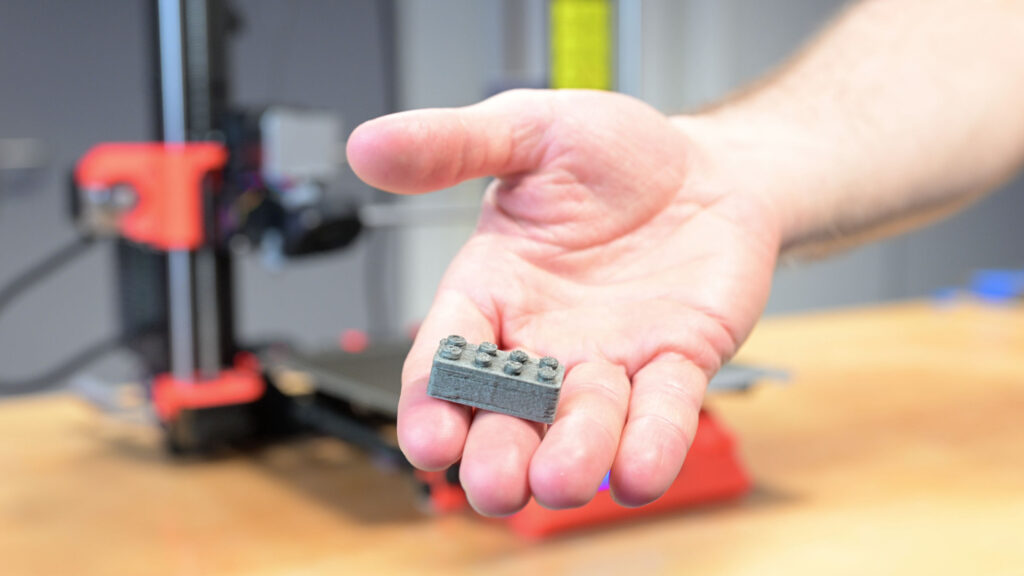
“One of the challenges we look at for future lunar surface exploration would be developing infrastructure, particularly using local resources,” explained Dr. Aidan Cowley, an ESA researcher, in an exclusive statement to Karmactive. The agency is exploring various geometries for interlocking bricks that could be used for radiation shielding, micrometeorite protection, and surface processing, such as landing pads or blast shields. While the concept is still in the research phase, ESA hopes that as lunar missions become more frequent, these building elements will be created and used to support them. Inspired by LEGO, the scientists have utilized meteorite dust to 3D-print ‘space bricks’ as a way to test this concept.
The Benefits and Challenges of Space Bricks
Using lunar regolith for construction offers several benefits, the most significant of which is reducing the need to transport materials from Earth. “Two of the biggest advantages are that we use locally present resources, such as lunar regolith, and the second advantage is that the bricks can be potentially used for a variety of use cases,” ESA elaborated to Karmactive. This approach minimizes the mass that needs to be shipped to the lunar surface, making missions more sustainable and cost-effective.
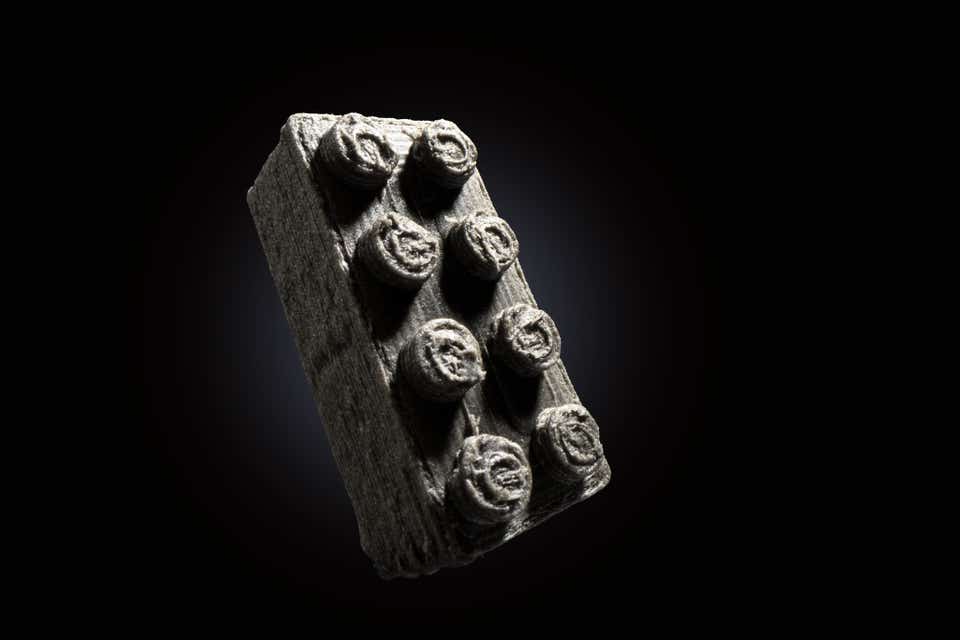
However, there are also challenges. ESA emphasized that before any large-scale use of these bricks, their capabilities would need to be demonstrated in situ. The initial applications would likely be small, with broader adoption following successful trials.
Aligning with Sustainability Goals
In the context of sustainable space exploration, ESA’s approach to in-situ resource utilization (ISRU) is crucial. By using resources found on the Moon, future missions could become increasingly independent of Earth for logistical support. “For space, we talk about these bricks in the context of in-situ resource utilization – this links very heavily with the concept of sustainable space exploration,” Dr. Aidan Cowley informed Karmactive. The success of this approach could also inspire innovations on Earth, where sustainable, locally sourced materials are becoming increasingly important.
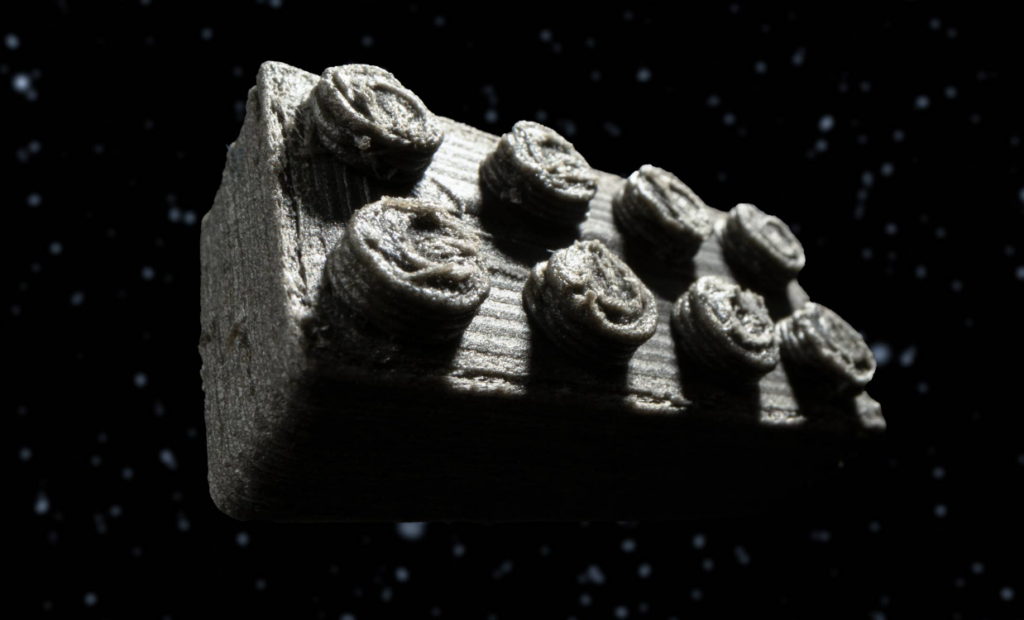
Engaging the Public and Educating Future Generations
ESA hopes that the development of space bricks will capture the public’s imagination and spark interest in space exploration and sustainable living. “We hope that this work captures the imagination of the general public and gives them an understanding of some of the work that ESA is engaged in within our Exploration Programme,” ESA told Karmactive. By demonstrating the potential of building with local resources, ESA aims to educate the public about the new paradigms necessary for living on the Moon or Mars.
The Future of Off-World Construction
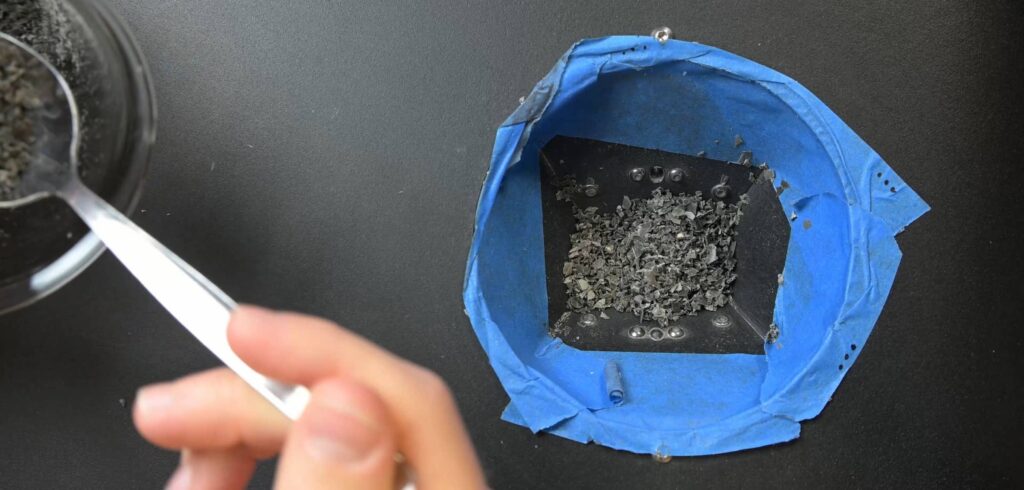
Looking ahead, ESA is involved in several significant activities in the field of off-world construction. These efforts include the development of technologies for extracting oxygen and metals from lunar regolith, which could allow for 3D printing metal tools from moon dust. “We hope to see new ideas in this domain being progressed, particularly addressing how we can best support astronauts on long-duration missions to the Moon or Mars,” ESA explained to Karmactive.
A Collaborative Vision for the Future
The partnership between ESA and LEGO is not just about scientific exploration but also about inspiring the next generation of space enthusiasts. According to Daniel Meehan, a Lead at the LEGO Group, “We recently found out that space remains an area of huge curiosity with 87% of Gen Alpha kids interested in discovering new planets, stars, and galaxies.” This collaboration demonstrates that creative play can inspire real-world applications, showing children that the sky truly is the limit when it comes to space exploration.
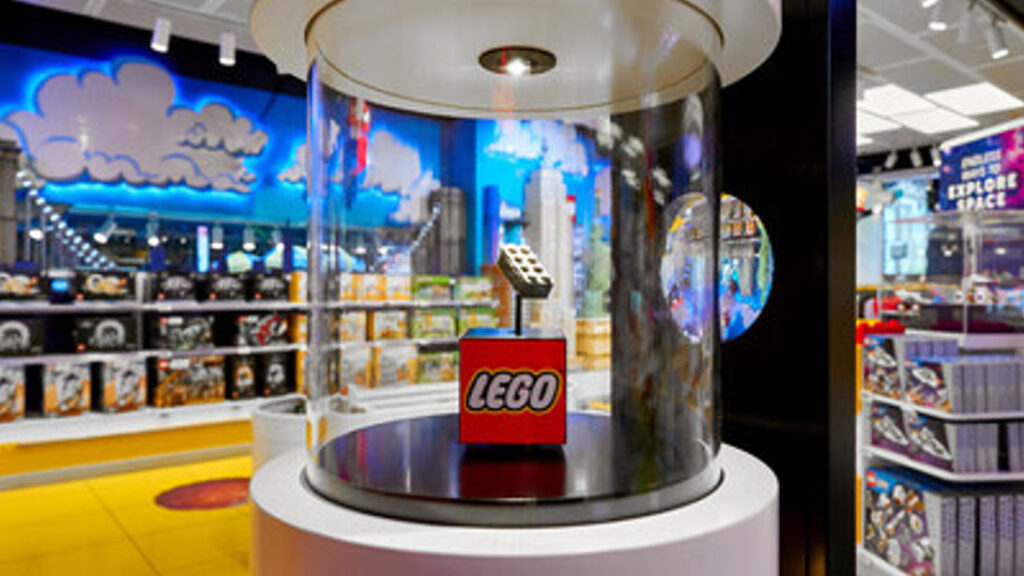
As humanity prepares for a new era of space exploration, ESA’s LEGO-inspired space bricks offer us ‘skygazers’ a glimpse into the future of lunar structures. This innovative approach not only supports the technical demands of space exploration but also inspires the next generation of space engineers—emphasizing on the value of each LEGO brick.
Similar Posts
For those eager to see these developments up close, the ESA LEGO bricks will be on display at select LEGO stores until September 20, 2024, as part of a broader effort to engage the public and spark curiosity about the possibilities of living and working on the Moon.

